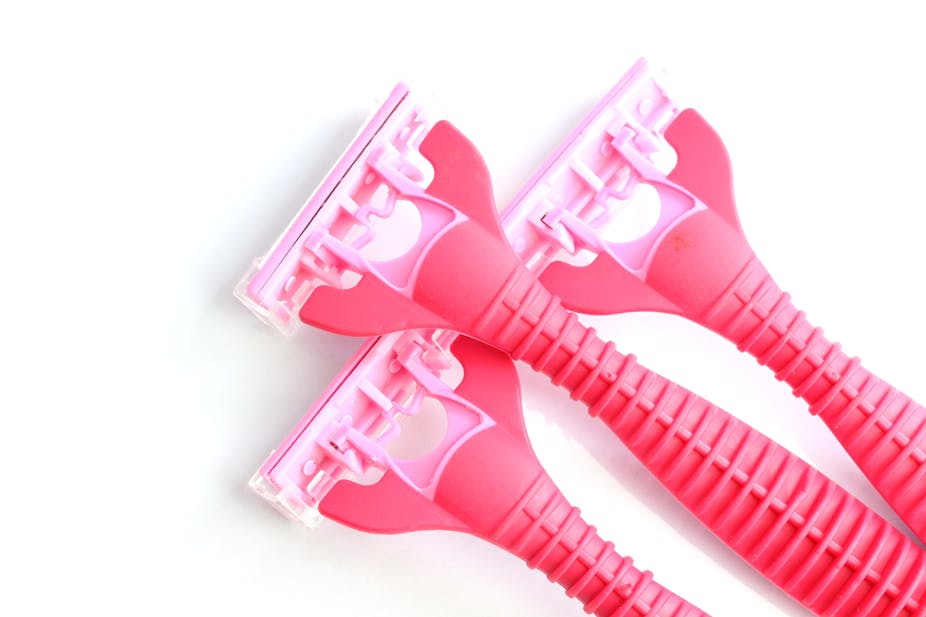Women are paid less than men for the same work, despite the Equal Pay Act in the UK. These are statistics that we are familiar with. Women earn 85p for every £1 a man earns.
But, adding insult to injury, a campaign has also brought to attention that in France women not only earn less, they also pay more than men for everyday things like razors, deodorant, even ranging through to backpacks. They have christened this the “woman tax”.
It’s a striking irony that a shop called Monoprix – translated as “one price” – was one of the worst shops for overpricing goods targeted at women. Women being paid less and expected to pay more shows how gender inequalities are produced and perpetuated by the workings of contemporary capitalism.

But this story doesn’t only tell us about financial inequality. Consumerism does not only maintain gendered inequality through money - prices and pay – but also by what it means to be a woman.
The French secretary of state for women’s rights, Pascale Boistard, tweeted “is pink is a luxury colour?” to show her support of the feminist campaign. And herein we see the issue. “Luxury” should not be a word that even enters this arena. “Luxury” implies indulgence, but it’s used to describe products that are presented as necessities in the presentation of an acceptable female body. The campaign flags up that we are constantly told that to be a woman is to have a body that is not good enough, that needs altering, and to make it good enough requires work.
There has been a great deal of coverage of the extremes of these practices through stories of celebrity plastic surgery, such as Renee Zellweger’s “new” face, but much less concentrating on the mundane daily work on the body that most women are expected to engage in all the time: plucking, dyeing, pushing up, pulling in and shaving with razors they paid more for.
Femininity is a product of consumer capitalism. Advertising tells women they are faulty – but that through buying the right things and engaging in the right practices they can improve. This is not unique to women, there has been an increasing expansion of similar products for men, but the phenomenon is certainly more marked for women, especially in terms of the ageing female body.
Yes, there are long standing feminist critiques of fashion and beauty culture as misogynistic and as patriarchal. But we must not throw the baby out with the bathwater – often when fashion and the beauty industry are presented as inherently evil, the pleasures that women can get from fashion and make-up are disregarded, along with the face that rituals of the body are something that everyone engages in. Clothing and adornment are present in all human cultures, globally and historically.
The crux of the problem instead is how our appearances have been taken up are reworked by consumerism. Constructing appearance has become “necessary” work (even when we are also being sold the means to do this as a “luxury”). This is not about individuals and their choices: our choices occur within, and are structured by, wider frameworks of inequality. Women are paid less, and pay more for things that they are expected to use to produce an acceptable female body.
The feminist campaigns highlighting this, along with campaigns such as Pink Stinks, give us much to be hopeful for. It is these mundane and everyday inequalities that need to be stressed so that things can change.
But this comes with a caveat. Given that the shaving of body hair was a debate within second-wave feminism, the fact that this example centres on the pricing of the humble razor and the cultural meanings and practices it entails, shows us just how far we still have to go.

